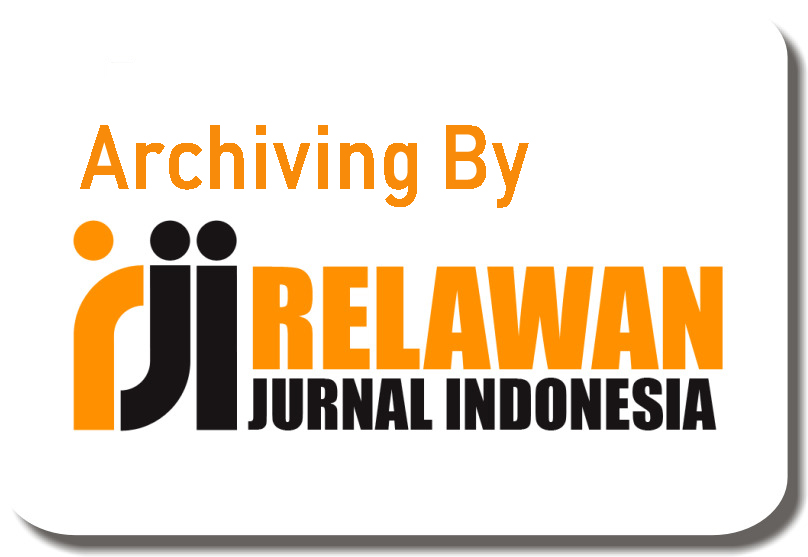Presupposition and Entailment in Molly Wright’s Ted Talk: Functions and Implications
Abstract
This study explores the pragmatic phenomena of presupposition and entailment in Molly Wright’s TED Talk, “How Every Child Can Thrive by Five.” Despite her young age, Wright employs advanced pragmatic strategies typically found in adult discourse. Using a qualitative case study approach, the speech was transcribed and analyzed with reference to frameworks by Stephen Levinson and Louise Cummings. The analysis identifies various types of presupposition existential, factive, lexical, structural, counterfactual, and non-factiv ussed to create shared assumptions and enhance message clarity. Entailment is employed to build logical connections and subtly guide audience interpretation. These devices contribute to the speech’s persuasive appeal, emotional resonance, and communicative effectiveness. Rather than directly instructing, Wright fosters reflection by embedding assumptions and cause-effect structures that reduce cognitive load and promote engagement. The findings underscore the strategic use of implicit meaning in persuasive discourse, illustrating that effective communication depends not on age but on the intentional use of language. This research highlights children's potential in formal speech settings and the power of pragmatics in shaping public understanding.
Keywords
Full Text:
PDFReferences
Caingcoy, M. E. (2020). Journal of World Englishes and Educational Practices (JWEEP) Research Capability of Teachers: Its Correlates, Determinants and Implications for Continuing Professional Development. c, 26–36. https://doi.org/10.32996/jweep
Chierchia, G., & McConnell-Ginet, S. (2000). Meaning and grammar: An introduction to semantics. MIT press Cambridge, MA.
Clark, H. H. (1996). Using language. Cambridge university press.
Fan, Y. (2017). Presupposition and Entailment. 7th International Conference on Education, Management, Information and Mechanical Engineering (EMIM 2017), 808–811.
Hirata, I. (2023). On unsuccessful utterances in pragmatics. Journal of Pragmatics, 216, 48–63.
Huang, Y. (2017). The Oxford handbook of pragmatics. Oxford University Press.
Levinson, S. C. (1983). Pragmatics. Cambridge university press.
Müller, W. P. (2021). Marriage litigation in the Western Church, 1215–1517. Cambridge University Press.
Pang, Y., & Ren, Z. (2023). Literature Review of Presupposition in Advertising Language. Advances in Education, Humanities and Social Science Research.
Potts, C. (2015). Presupposition and implicature. The Handbook of Contemporary Semantic Theory, 168–202.
Rahardi, R. K., Handoko, H., Rahmat, W., & Setyaningsih, Y. (2024). Javanese silly gags on daily communication on social media: pragmatic meanings and functions approach. Jurnal Arbitrer, 11(1), 49–59.
Sbisà, M. (1999). Ideology and the persuasive use of presuppositions. In Language and ideology (pp. 492–509). International Pragmatics Association.
Sukmawati, Sheila and , Agus Wijayanto, P. . (2020). Presupposition As Found In Wonder Woman Movie: A Pragmatics Analysis. Universitas Muhammadiyah Surakarta.
Tonhauser, J., Beaver, D., Roberts, C., & Simons, M. (2013). Toward a taxonomy of projective content. Language, 89(1), 66–109.
Wardoyo, C. (2015). Strategi Penerjemahan Istilah-Istilah Pragmatik Dalam Buku “Principles of Pragmatics” Karangan Geofrey Leech. Wardoyo, Cipto, 182–187.
Yule, G. (1996). Pragmatics. Oxford university press.
DOI: https://doi.org/10.31004/jele.v10i4.1117
Refbacks
- There are currently no refbacks.
Copyright (c) 2025 Yasa Nur Malina, Cipto Wardoyo, Udayani Permanaludin

This work is licensed under a Creative Commons Attribution-ShareAlike 4.0 International License.



